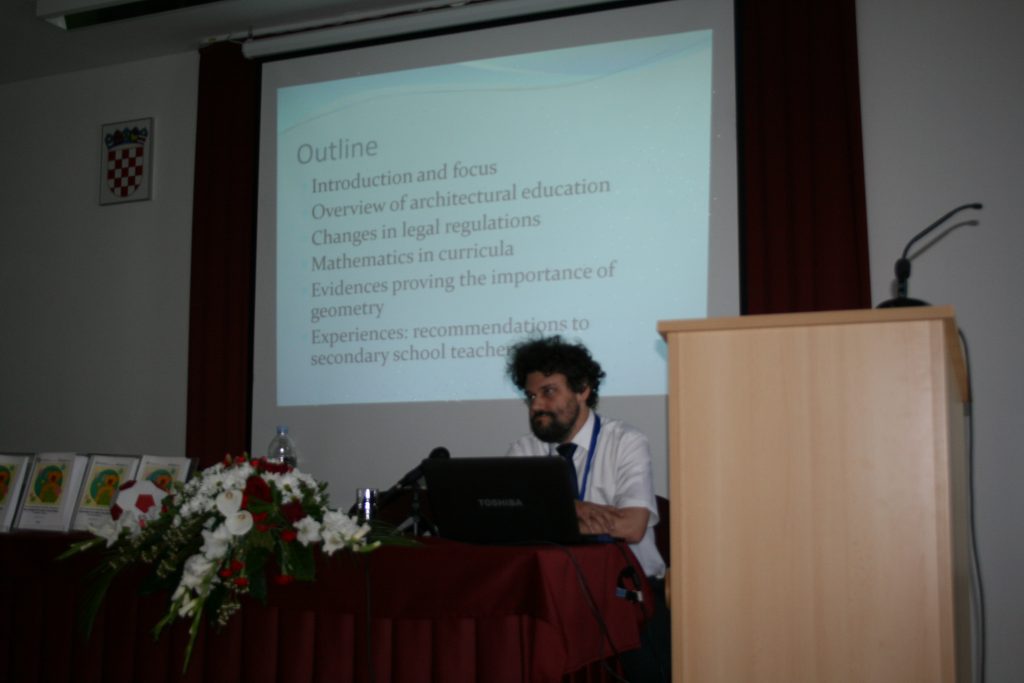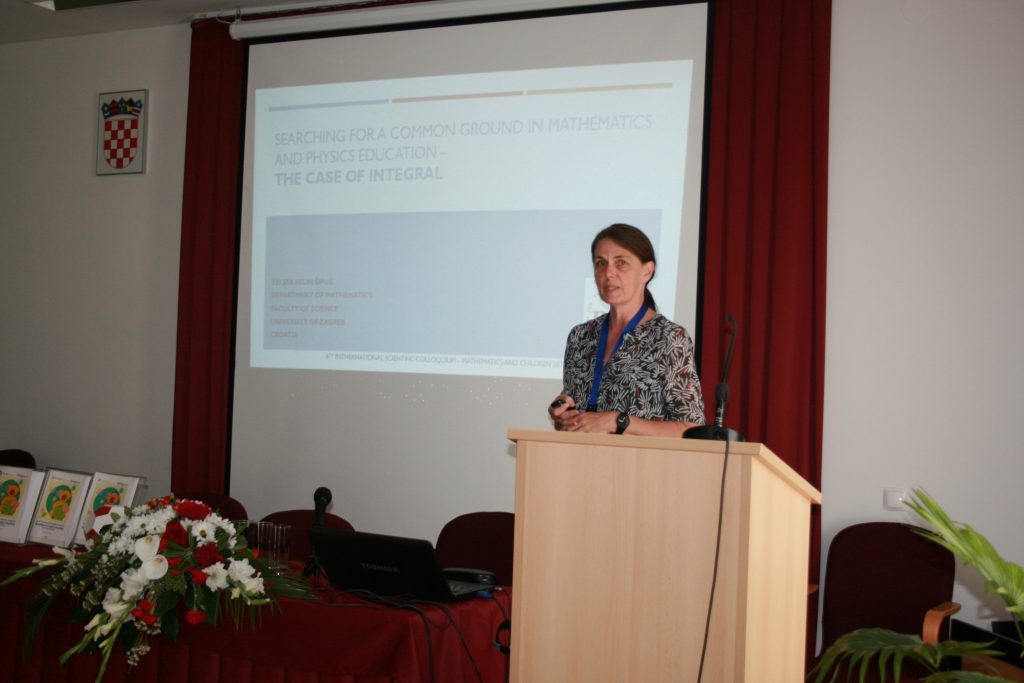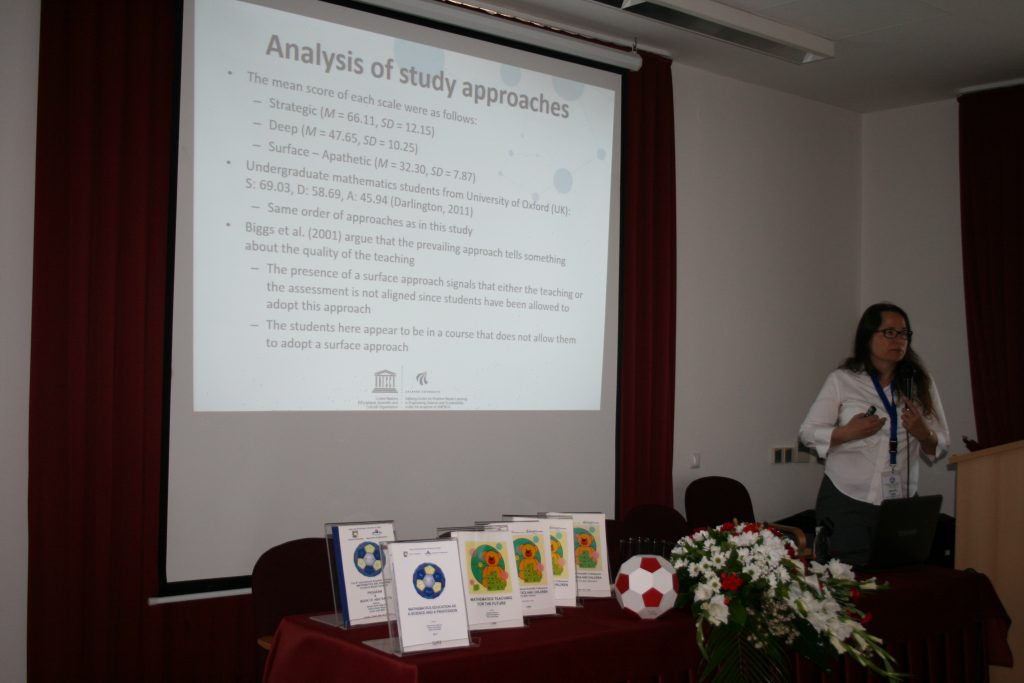Book of Abstracts, 2019
Plenary Lectures
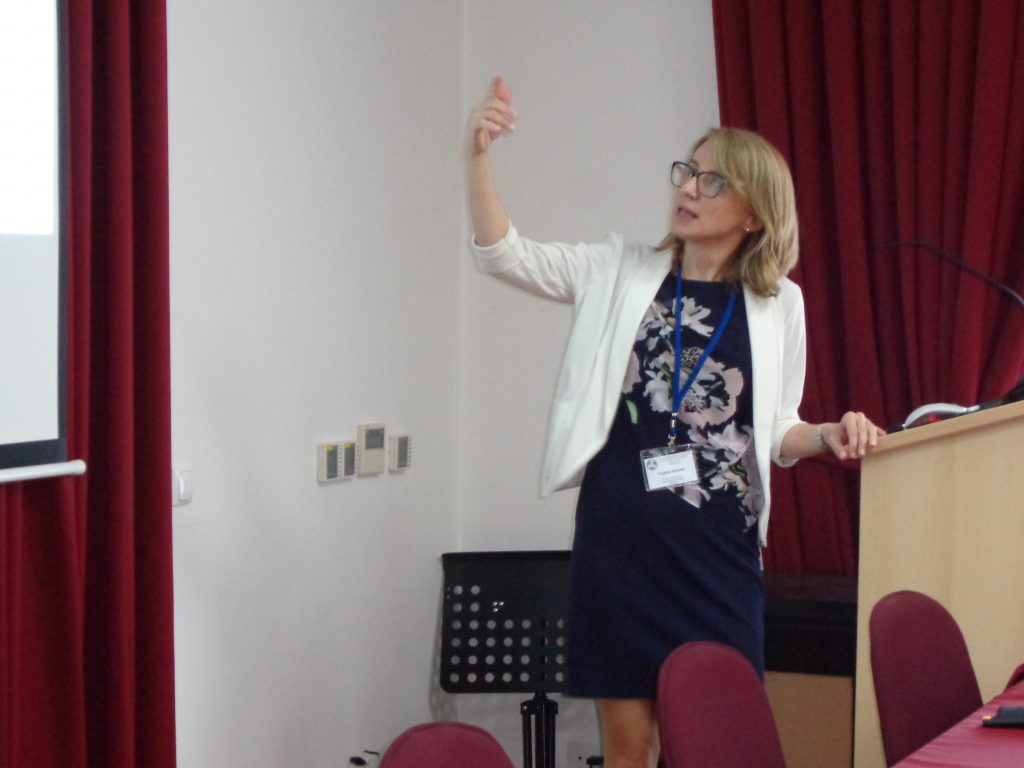
Tatjana Hodnik,University of Ljubljana, Slovenia, Mathematical problem solving: prospects and reality
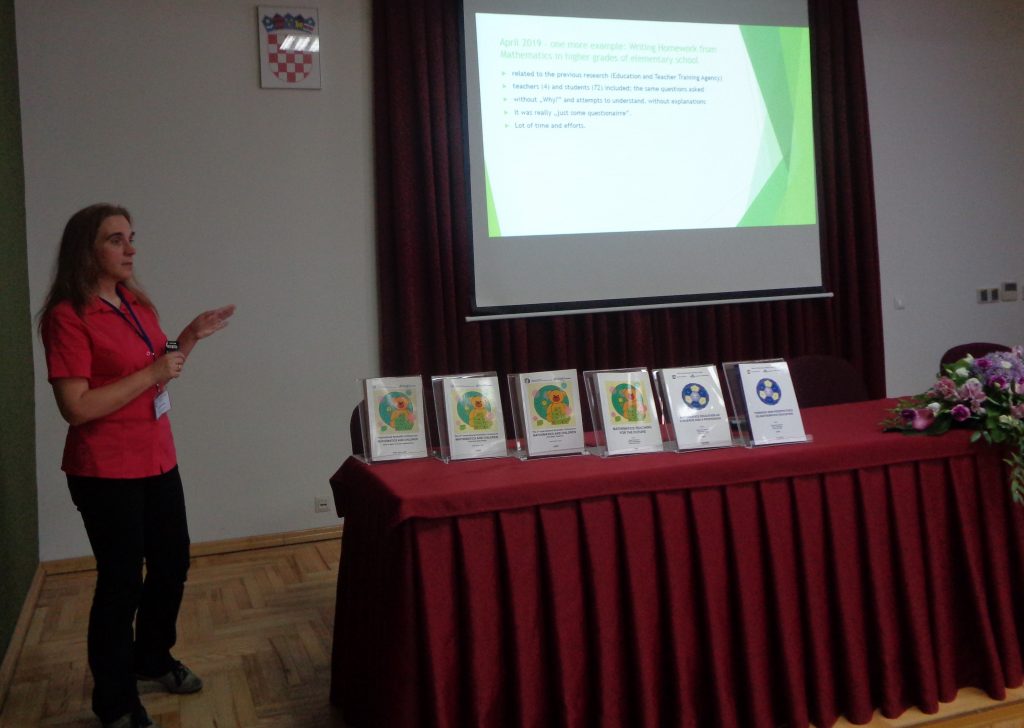



Mathematics is often viewed as an abstract body of knowledge that is disconnected from the real world, unlike other STEM disciplines. Thus, students may experience a sense of disconnection from the mathematical topics. Additionally, traditional teaching methods are criticized for their inability to engage students and for denying them the autonomy to construct their own comprehension. Due to its interactive nature, Game-Based Learning (GBL), particularly Digital Game-Based Learning (DGBL), appears to be a promising approach to learning and teaching in Mathematics Education. Digital games can foster a safe environment in which Socio-Scientific Issues (SSI) are discussed, and students may be more motivated to learn not only mathematics but also the societal issues that relate to Mathematics Education in the real world. Increasing students’ motivation to learn is another reason why teachers should implement DGBL in the classroom. Numerous digital games, for instance, require mastery of strategic and analytical thinking, problem-solving, and decision-making, all of which are valuable in the modern workforce. Students of the twenty-first century benefit greatly from digital games for this reason. In addition, computer games have unique characteristics (such as fantasy, rules/goals, sensory stimuli, challenge, mystery, and control) that can increase learning motivation and result in attitude and behavior change. In contemporary education, DGBL is an effective medium for students to learn mathematical concepts and practice mathematical skills. Using and implementing DGBL is a challenge in education, and teachers play a central role in overcoming this obstacle. In the DGBL method, teachers are designers, facilitators, or guides. Therefore, they must be assisted in acquiring the knowledge and skills necessary to assume these roles.
We will introduce the Erasmus+ project GAMMA (GAMe-based learning in MAthematics) by discussing the essential aspects of DGBL: DGBL definition, learning and teaching mathematics with DGBL, designing games for teaching mathematics, and applying games to mathematics education. To maximize the benefits of technology and DGBL, the GAMMA project aims to use the time that students already spend on their electronic devices and their knowledge and experience of digital games to enhance their mathematical knowledge and skills.
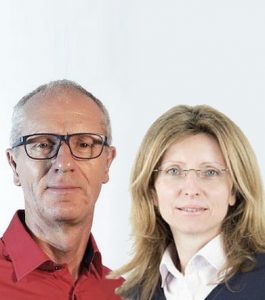
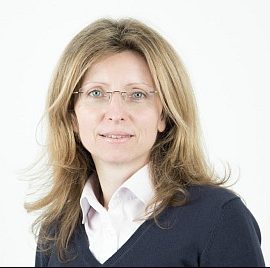
Stavric Milena, Assoc.Prof. Dipl.-Ing. Dr.techn, graduated from the University of Belgrade and worked as an assistant and lecturer at the University of Belgrade from 1994 to 2004. Since 2004 she has taught at the Graz University of Technology, at the Faculty of Architecture, at the Institute of Architecture and Media and has been Assistant Professor since 2014. She is a visiting professor at the Academy of Fine Arts in Vienna, at the Joanneum University of Applied Sciences in Graz and at the University of Novi Sad in Serbia and has given guest lectures at several universities – Mexico, Hamburg, Istanbul, Maribor and Banja Luka – as well as several lectures at various universities in Europe within the framework of research projects aiming at the implementation of digital technology in architecture and education. In addition, she continuously organizes exhibitions of her students’ work.
She is the author of the book “Architectural Scale Modelling in the digital Age” published by Springer Verlag and worked on several research projects such as “Non-standard architecture using ornaments and plane elements” (2009-2012) and “Geometric Processing in Architectural Education” (2010-2013), financed by the Austrian Science Fund (FWF) and is an active participant in COST actions.
She successfully completed her habilitation in 2018 and has been Associate Professor since 2019.

Albert Wiltsche, Ass.Prof. Mag.rer.nat. Dr.techn, studied Descriptive Geometry and Mathematics at Graz University of Technology and at the University Graz. Between 1994 – 1995 he taught one year Geometry and Mathematics at Oeversee High School in Graz. From 1994 – 1996 he was assistant at the Institute of Geometry at Graz University of Technology. Between 1997 and 2006 he worked as assistant professor at the Institute of Geometry and was involved in the training of teacher, engineering, civil engineering and architecture students. In 2000 he received his PhD at Graz University of Technology with the dissertation topic “Interpolation of points of a regular triangular net”.
Since 2007 he works at the Institute of Architecture and Media at Graz University of Technology and does research in the field of applications of geometry in architecture. He led the FWF research project “Non – standard architecture with ornaments and planar elements”.
How can we support and develop the space ability of young people in order to increase creativity and curiosity? Can we connect creativity with the mathematical and geometrical way of thinking? In our talk, we will share some of our experiences in developing innovative analogue games, making prototypes and implementing such games in the education curriculum.


